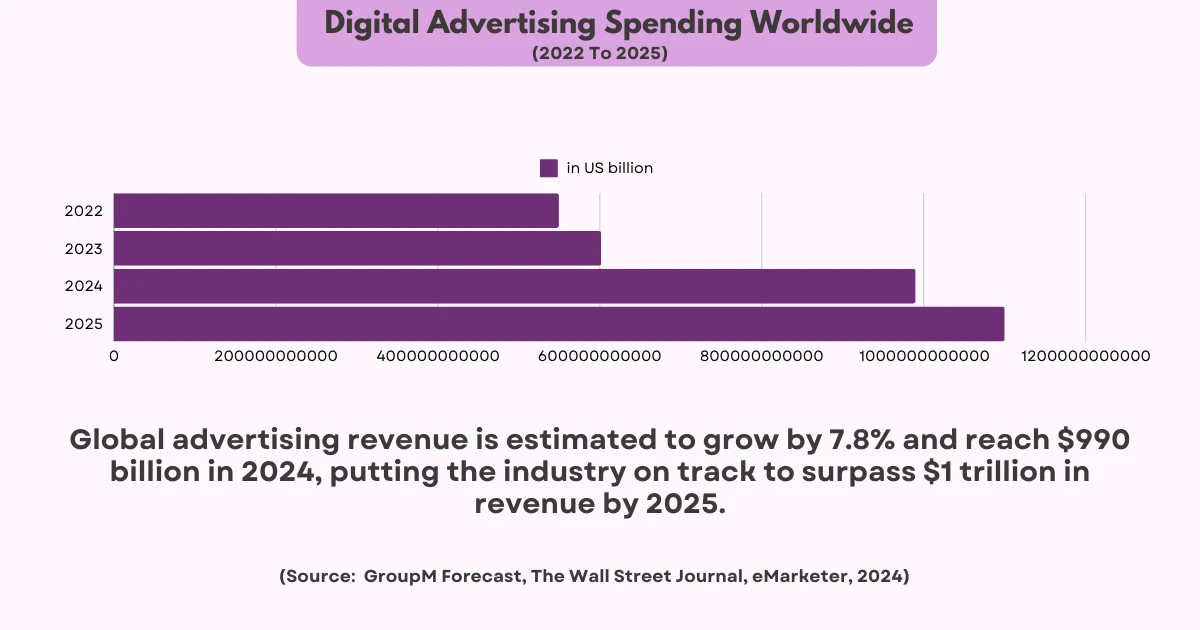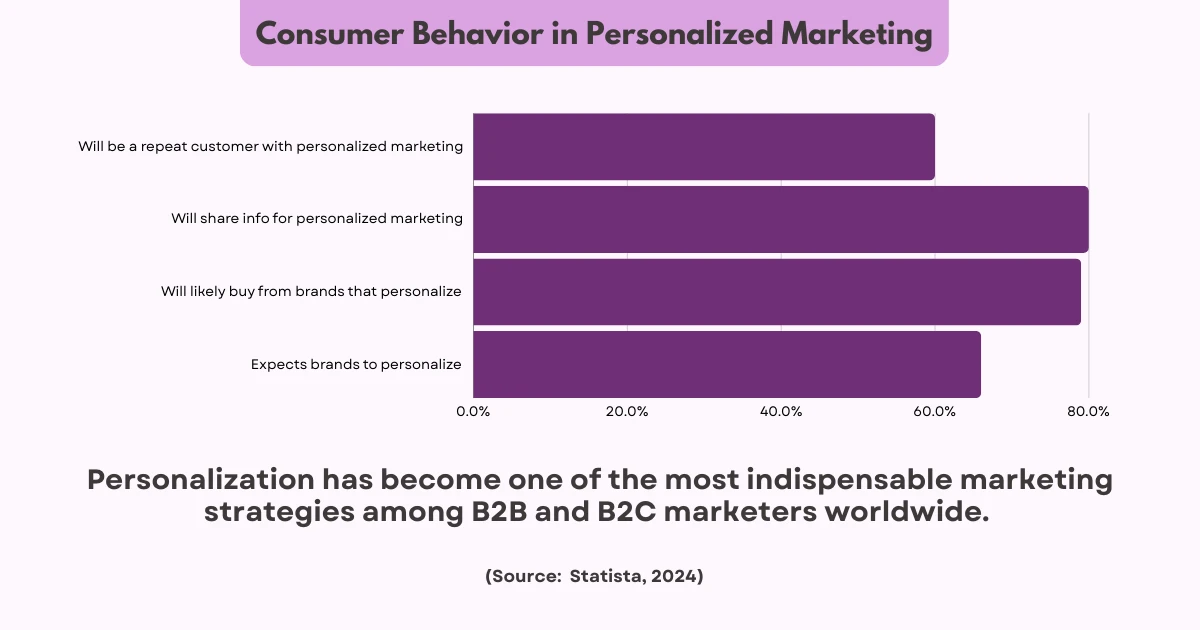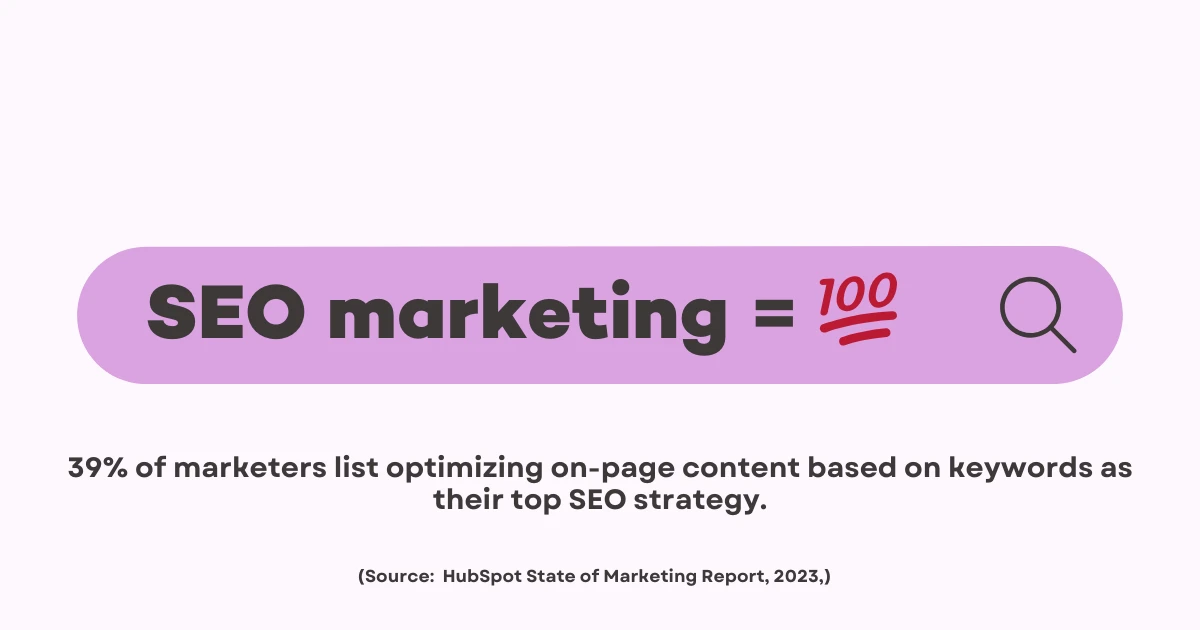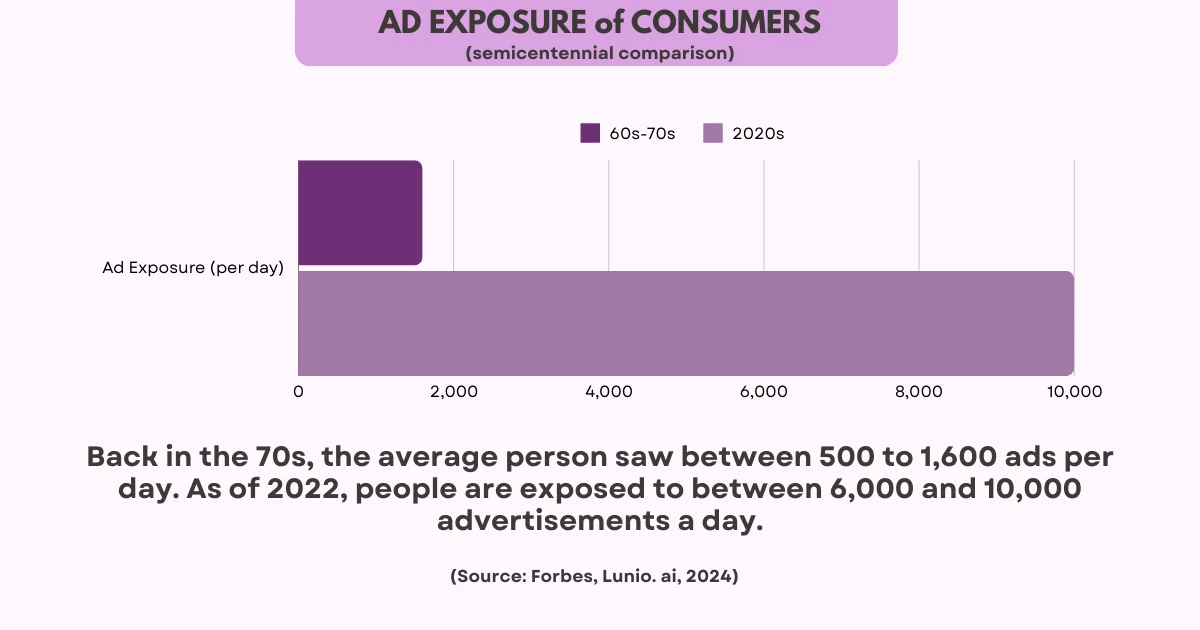Digital Marketing
The Great Ad Debate: Should You Still Be Paying For Ads in 2024?
Is paid advertising still worth it in 2024?
This is a question that rings in every business owner's mind. Gone are the days of simple banner ads. Today’s digital landscape is a complex ecosystem of data-driven campaigns, privacy regulations, and the most inconsistent component of all: consumer preference.

While digital ad spending is projected to hit a whopping $1 trillion in 2025, the effectiveness of these ads is increasingly questioned. Ad blockers, rising costs, and shifting consumer attention have made it a challenge for businesses to see a solid return on investment. So, is it time to pull the plug on paid ads and dive headfirst into organic strategies? Let’s weigh the options and explore how to make the most out of your marketing budget.
The Changing Landscape of Digital Advertising
The digital advertising landscape has undergone significant shifts in recent years. The rise of ad blockers, combined with growing concerns over privacy and data security, has made it harder for brands to reach their audiences through paid channels. Additionally, frequent changes in social media algorithms have reduced the organic reach of content, forcing businesses to invest more in ads to maintain visibility.
Consumer behavior has also evolved. Today’s consumers are more informed and selective about the content they engage with. They prefer authentic, personalized experiences over generic ads, leading to skepticism toward traditional advertising.
In this context, the effectiveness of paid ads is being questioned—can they still cut through the noise and reach the right audience in a meaningful way?

Organic Strategies vs. Paid Ads
Organic strategies like SEO, content marketing, and social media management have gained prominence as businesses look for better ways to connect with their audiences. These methods offer long-term benefits, such as improved search engine rankings, stronger brand loyalty, and better trust. Organic content tends to resonate more with consumers because it feels less intrusive and more authentic, something that many consumers are actively looking for due to the influx of curated content that leans too close to pure commercials.
Organic strategies require time and effort to yield results, but their cost-effectiveness and potential for building lasting relationships make them a more attractive option for those who want to build a strong online presence and community.

On the other hand, paid ads offer the advantage of quick visibility. You can use paid ads for precise targeting capabilities, allowing your business to reach a specific demographic. Paid advertising also boosts brand awareness and drives immediate traffic that propels your marketing campaign directly where you want it to go.
One of the main reasons why paid advertising is still utilized is because they are scalable, allowing businesses to adjust their spending based on performance metrics. It’s not a one-time big-time payment all the time, making it accessible to SMEs and large corporations alike.
However, the drawbacks are significant. Ad fatigue, where consumers become desensitized to repetitive ads, is a growing concern. Additionally, the rising costs of digital ads, coupled with diminishing returns, make this approach increasingly challenging.

When deciding between organic strategies and paid ads, the key lies in understanding the business’s goals and audience. While paid ads can provide a short-term boost, organic methods are essential for long-term success. A balanced approach, integrating both strategies, may offer the most effective solution.
The Future of Advertising Spend
As ad saturation reaches new heights, consumer trust in traditional advertising continues to decline. This is part of the reason why brands are now exploring approaches that utilize innovations in tech in order to stay relevant. Emerging technologies like AI, VR, and advanced personalization are reshaping how businesses connect with their audiences. These tools enable more immersive and tailored experiences, potentially reducing reliance on traditional ads.
Looking ahead, businesses may shift their advertising spend from conventional channels to these emerging technologies. However, the decision will depend on various factors, including industry trends, consumer preferences, and technological advancements.
Advertising Is Here To Stay
In the end, advertising is still here to stay. The change depends on how we choose to deliver the message to our audience. The value of paid ads in 2024 depends on a business’s specific needs and goals. While paid ads offer immediate benefits, the changing digital landscape suggests that a heavy reliance on them may not be sustainable. Instead, a hybrid approach that combines organic strategies with paid ads could provide the best results.
As businesses navigate the complexities of modern advertising, they should continuously assess their strategies, staying adaptable to industry changes and consumer expectations.
For businesses looking to navigate the complexities of modern advertising and achieve a balanced strategy, PurpleBug offers comprehensive digital marketing solutions tailored to your needs. Whether you’re focusing on organic growth or need to refine your paid ad strategy, our expert team can help you maximize your ROI and stay ahead of industry trends.
Visit the PurpleBug website today to elevate your advertising game and drive real results!